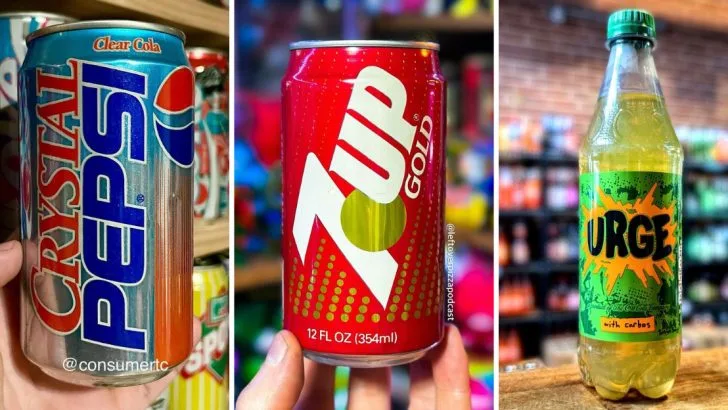For many, soda isn’t just a drink – it’s a nostalgic reminder of special moments and simpler times. Over the years, numerous sodas have captured our hearts with their unique flavors and iconic branding, only to disappear suddenly and leave us wondering why.
In this guide, we’ll take a bubbly trip down memory lane with 10 sodas that vanished from grocery shelves without a trace.
Whether you loved them for their taste, their quirkiness, or the memories they created, these lost sodas remain unforgettable for those who enjoyed them.
Crystal Pepsi
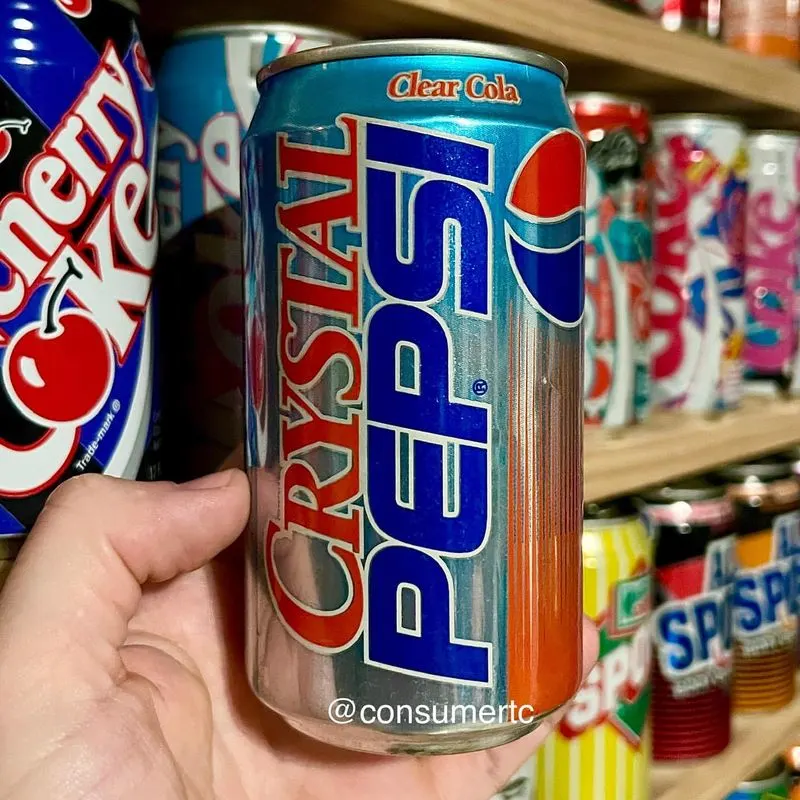
Launched in the early 1990s, this caffeine-free soft drink was Pepsi’s daring attempt to capture the market with a cola that offered a clear, pristine appearance. It stood out in the crowded soda aisle, not just because of its look but due to its unique marketing campaign.
Despite the initial buzz, sales fizzled out quickly. Consumers were intrigued by the novelty, but the taste didn’t quite meet expectations. Although it made a brief comeback, its time on the shelves was fleeting. Nostalgic fans still reminisce about its transparent allure.
Josta
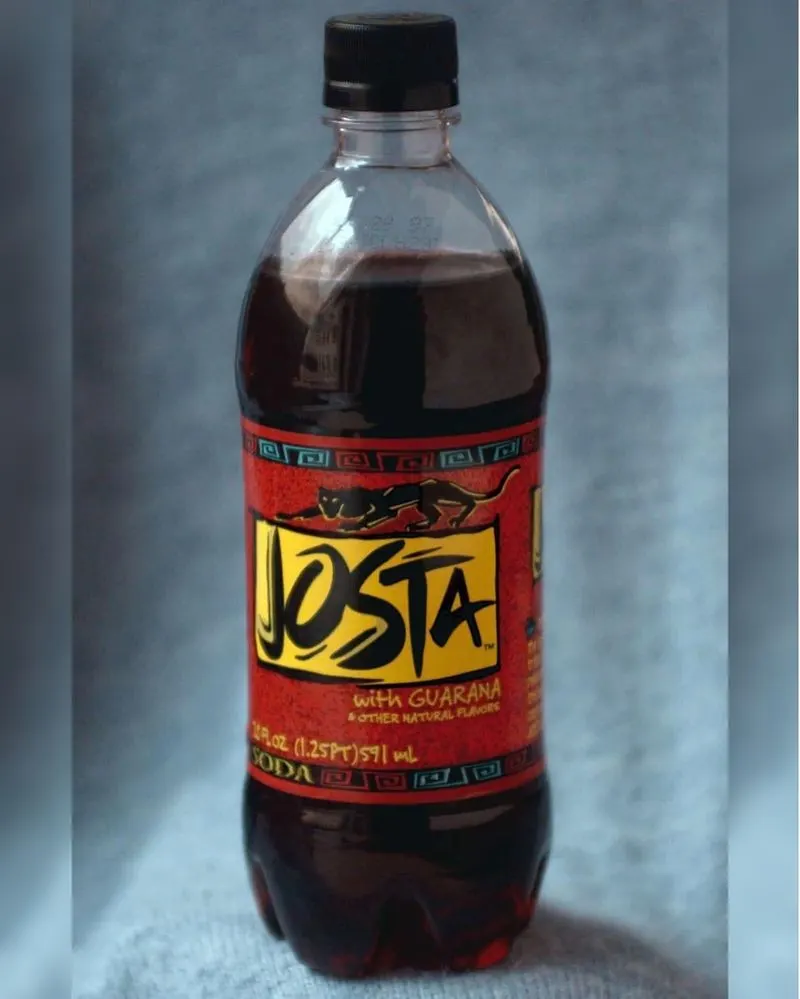
Introduced by PepsiCo in 1995, Josta was the first energy drink marketed by a major U.S. beverage company. Its exotic taste, infused with guarana, attracted adventurous soda lovers. The bold can design, featuring jaguar imagery, promised an energetic experience.
However, despite its uniqueness and dedicated fan base, Josta was discontinued in 1999. Loyal fans still rally for its return on social media. This short-lived beverage left a lasting impression, paving the way for future energy drinks. It serves as a reminder of the ever-shifting trends in consumer preferences.
OK Soda
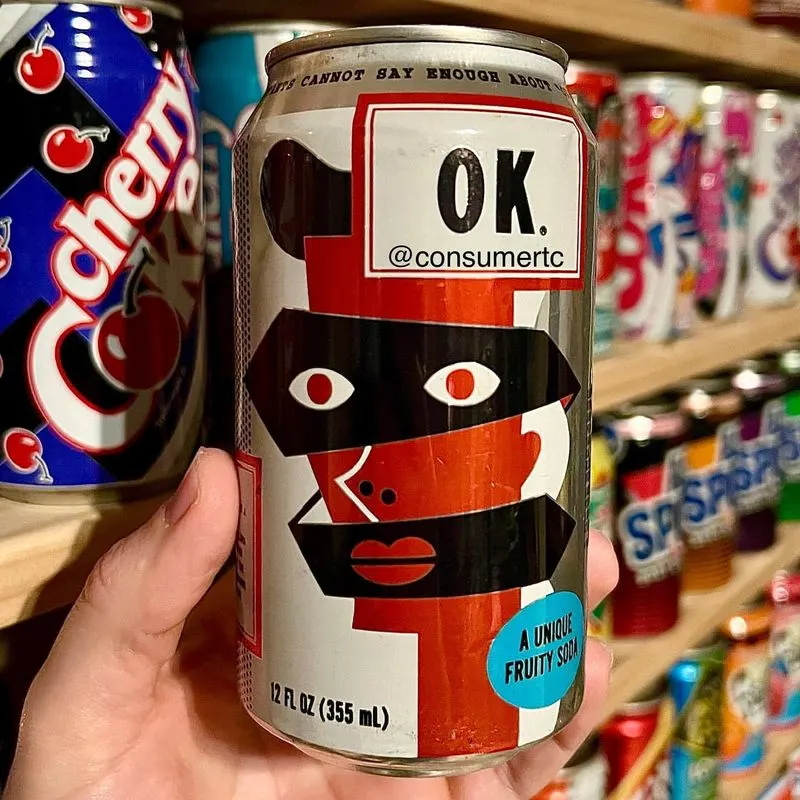
Coca-Cola launched OK Soda in 1993, targeting a young, cynical audience with its ironic branding. The can’s abstract designs and unusual marketing campaigns piqued the curiosity of many. Despite its innovative approach, the soda never gained widespread popularity.
Its citrusy flavor was overshadowed by the stronger personalities of competitors. Discontinued in 1995, it remains a cult favorite among those who appreciated its offbeat charm. OK Soda’s quirkiness has cemented its place in soda history as a bold experiment in branding and marketing strategy.
Surge
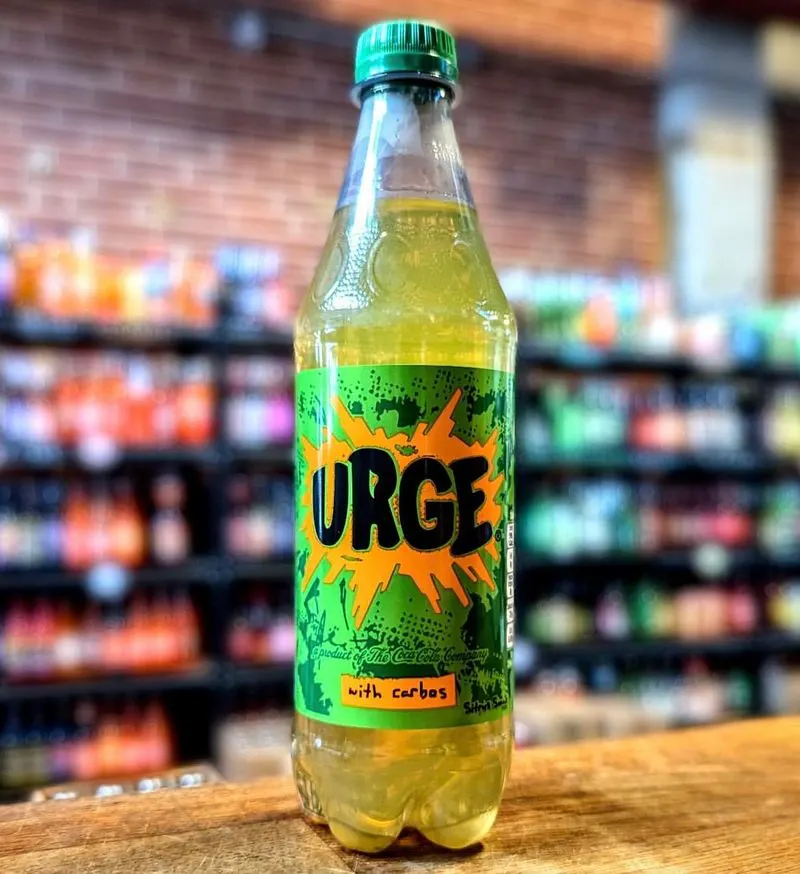
Surge made its debut in 1997 as Coca-Cola’s answer to Mountain Dew. With a neon green color and robust citrus flavor, it quickly captured the attention of soda enthusiasts. Its extreme branding appealed to the youth, promising high energy and excitement.
Despite its initial success, sales dwindled, leading to its discontinuation in 2003. Surge’s revival in 2014, driven by passionate fans, speaks volumes about its impact. The soda’s brief comeback highlighted the power of consumer nostalgia and the lasting appeal of its vibrant taste.
Coca-Cola BlāK
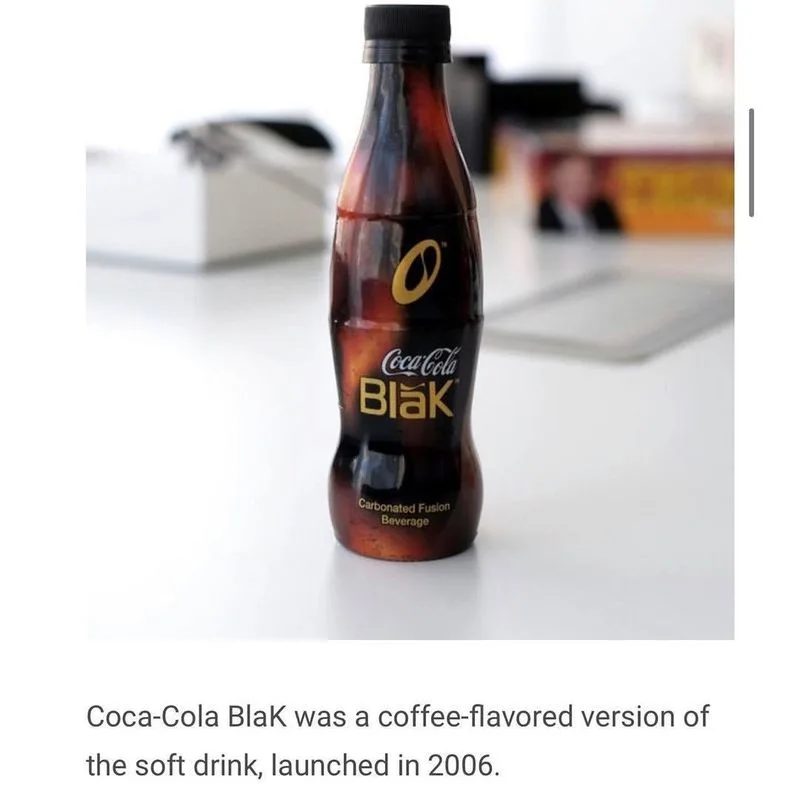
Released in 2006, Coca-Cola BlāK was a bold fusion of cola and coffee. Aimed at adults, it offered a sophisticated twist on the traditional soda. The unique blend promised a rich, invigorating experience.
However, the flavor profile didn’t resonate with a broad audience, leading to its removal from the market by 2008. Despite its short run, it remains a fascinating example of Coca-Cola’s innovative spirit. BlāK’s intriguing concept continues to intrigue those curious about cola experimentation. A reminder of how bold ideas can sometimes miss the mark.
7UP Gold
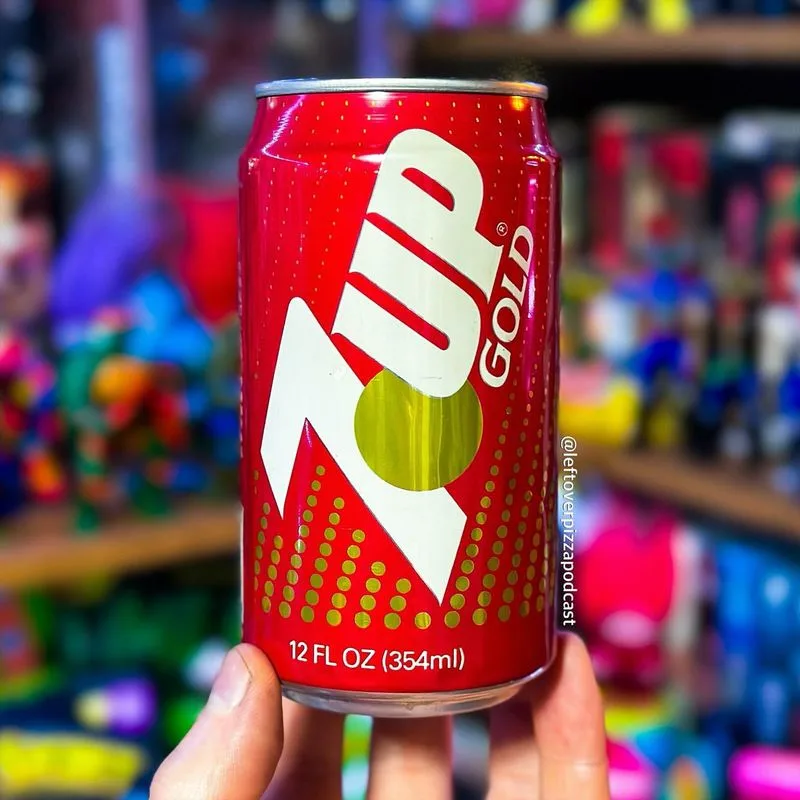
This uncharacteristically spicy soda was introduced in 1987 by the makers of 7UP. Unlike its lemon-lime sibling, 7UP Gold boasted a flavor blend reminiscent of ginger ale with a hint of spice. It was an unexpected departure from the brand’s usual offerings, catching many off guard.
Alas, it was short-lived, disappearing from shelves by 1989. The soda’s distinct taste was too polarizing, preventing it from gaining a steady following. Yet, it holds a place in the annals of soda history as a daring, albeit brief, experiment in flavor innovation.
Pepsi Blue
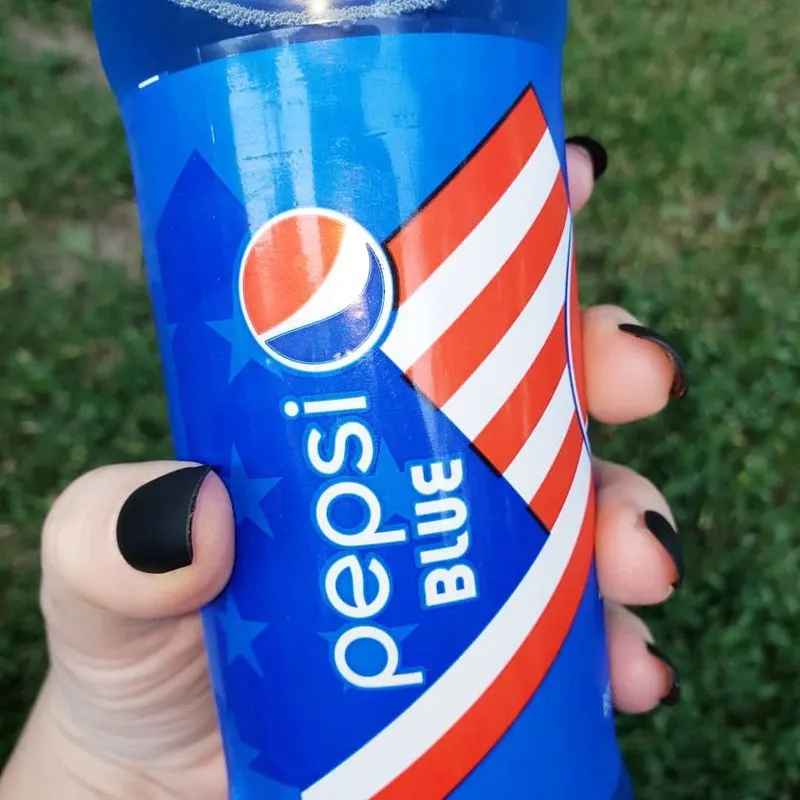
Pepsi Blue hit the market in 2002, capturing attention with its striking color and berry-infused flavor. Aimed at a youthful audience, it was a vibrant addition to Pepsi’s lineup. Despite the eye-catching hue and initial curiosity, the soda failed to maintain momentum.
Critics often cited its artificial taste as off-putting. Discontinued by 2004, it remains a vivid memory for those who enjoyed its boldness. Pepsi Blue’s journey serves as a testament to the challenges of balancing novelty with taste. Its legacy continues to spark conversations about soda innovation.
Hubba Bubba Soda
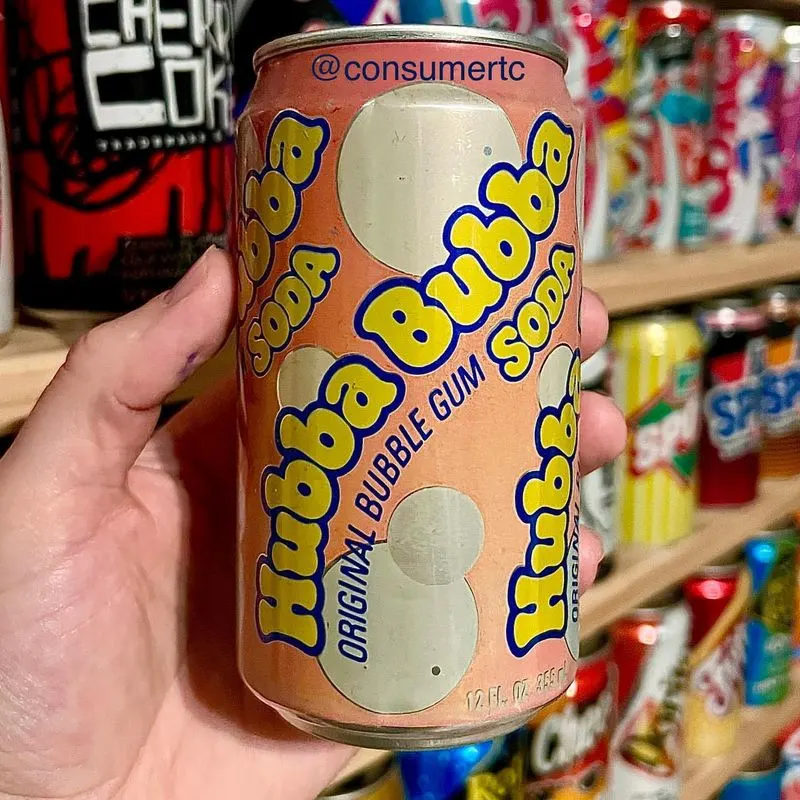
Inspired by the popular bubble gum, Hubba Bubba Soda offered a sweet, nostalgic experience when it launched in the 1980s. It captured the imagination of those with a sweet tooth, bringing the beloved gum flavor to a fizzy drink. Despite its initial appeal, the novelty wore off, and it faded away quietly.
The soda’s distinct taste was a hit with children but struggled to find a broader audience. Its disappearance left fans reminiscing about its playful origins. A bubbly reminder of the whimsical side of soda marketing.
RC Draft Cola
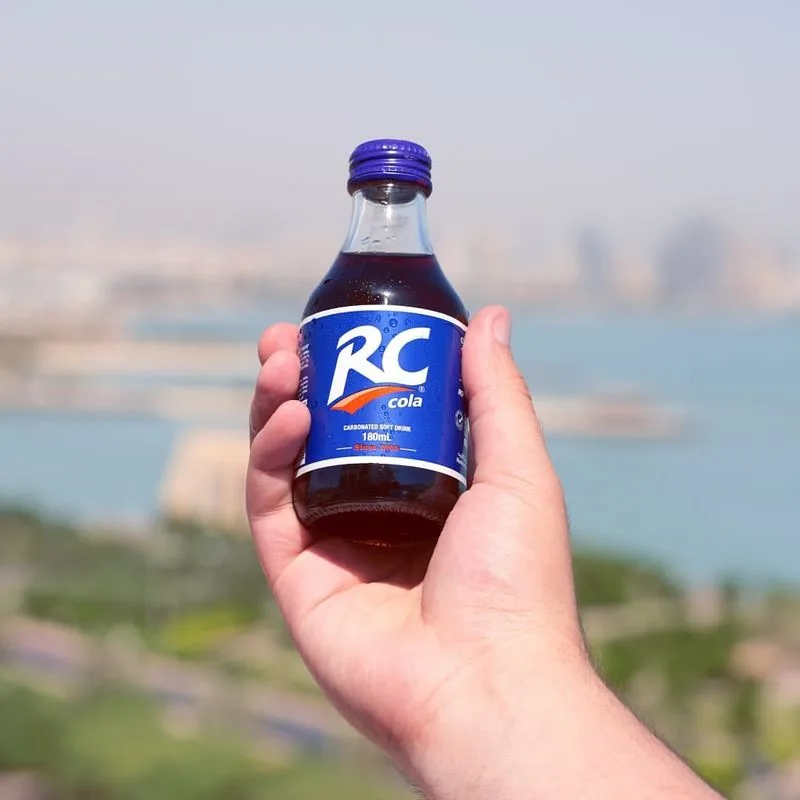
Royal Crown’s RC Draft Cola once offered a gourmet cola experience, crafted to mimic the taste of draft beverages. The upscale presentation, in glass bottles, aimed to attract discerning soda drinkers. Though its rich, smooth flavor garnered some fans, it couldn’t compete with mainstream colas.
Discontinued in the 1990s, it remains a footnote in RC’s storied history. Its brief presence on the market highlighted the challenges of niche positioning in a broad industry. For some, it remains a cherished memory of a cola that dared to be different.
Dr Pepper Berries & Cream
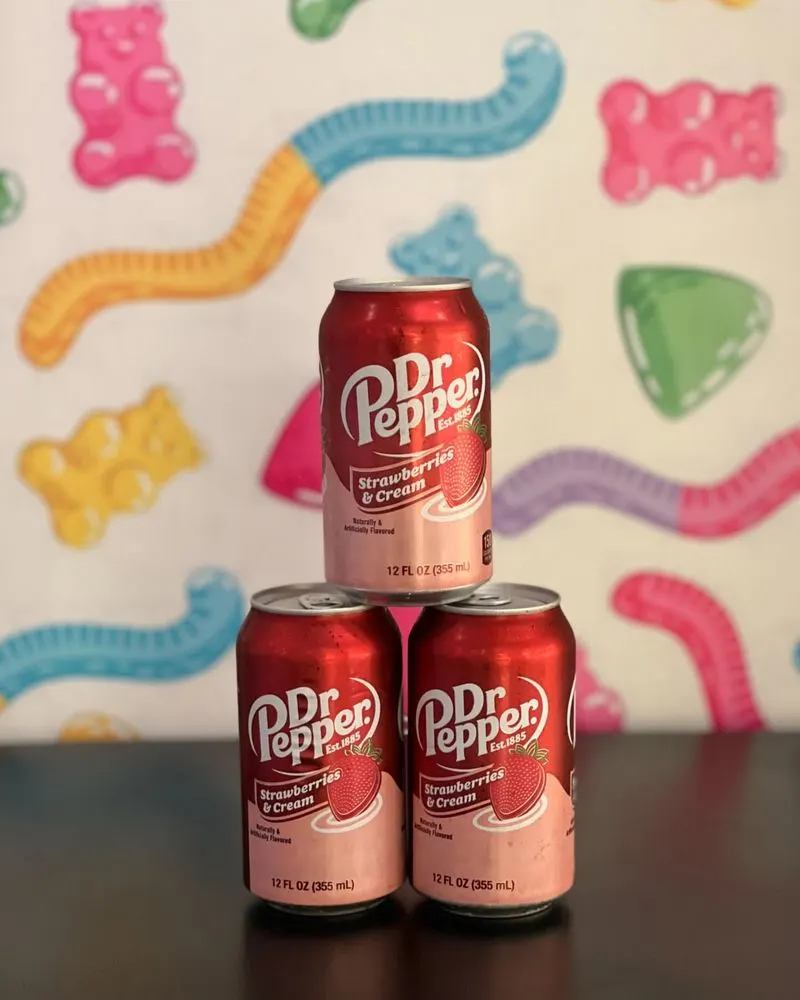
Debuting in 2006, Dr Pepper Berries & Cream combined the classic taste of Dr Pepper with fruity and creamy undertones. This flavor twist aimed to capture the adventurous palates of soda enthusiasts. Despite its intriguing concept, it struggled to outshine the original.
Discontinued by 2007, it joined the ranks of short-lived experiments in flavor blending. Still, it remains a favorite among those who appreciate Dr Pepper’s innovative edge. This flavorful excursion reminds us of the bold creativity that sometimes accompanies new soda launches.

